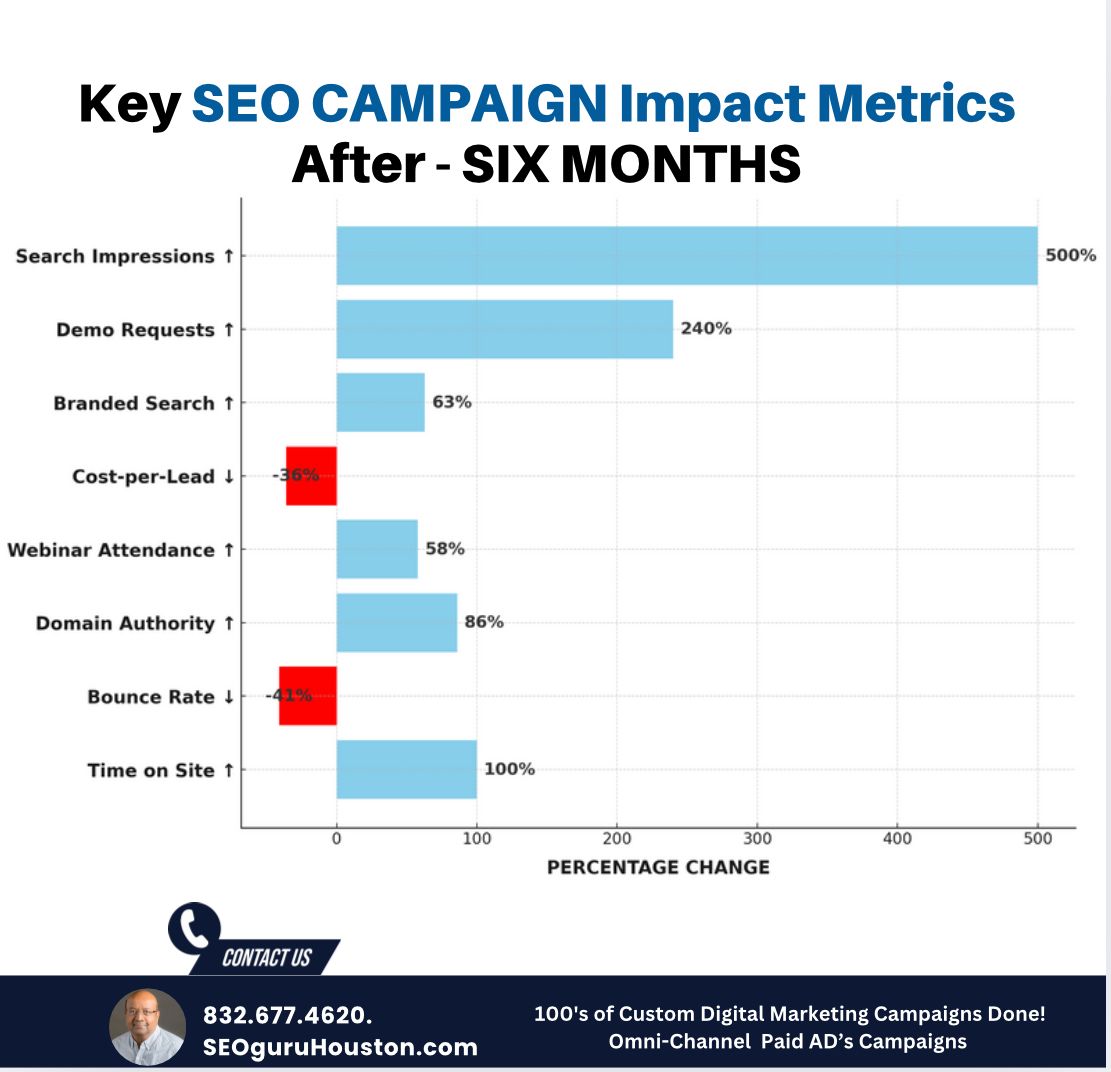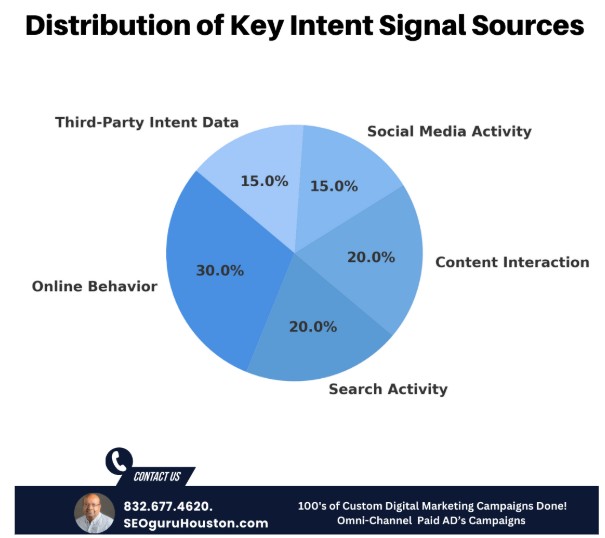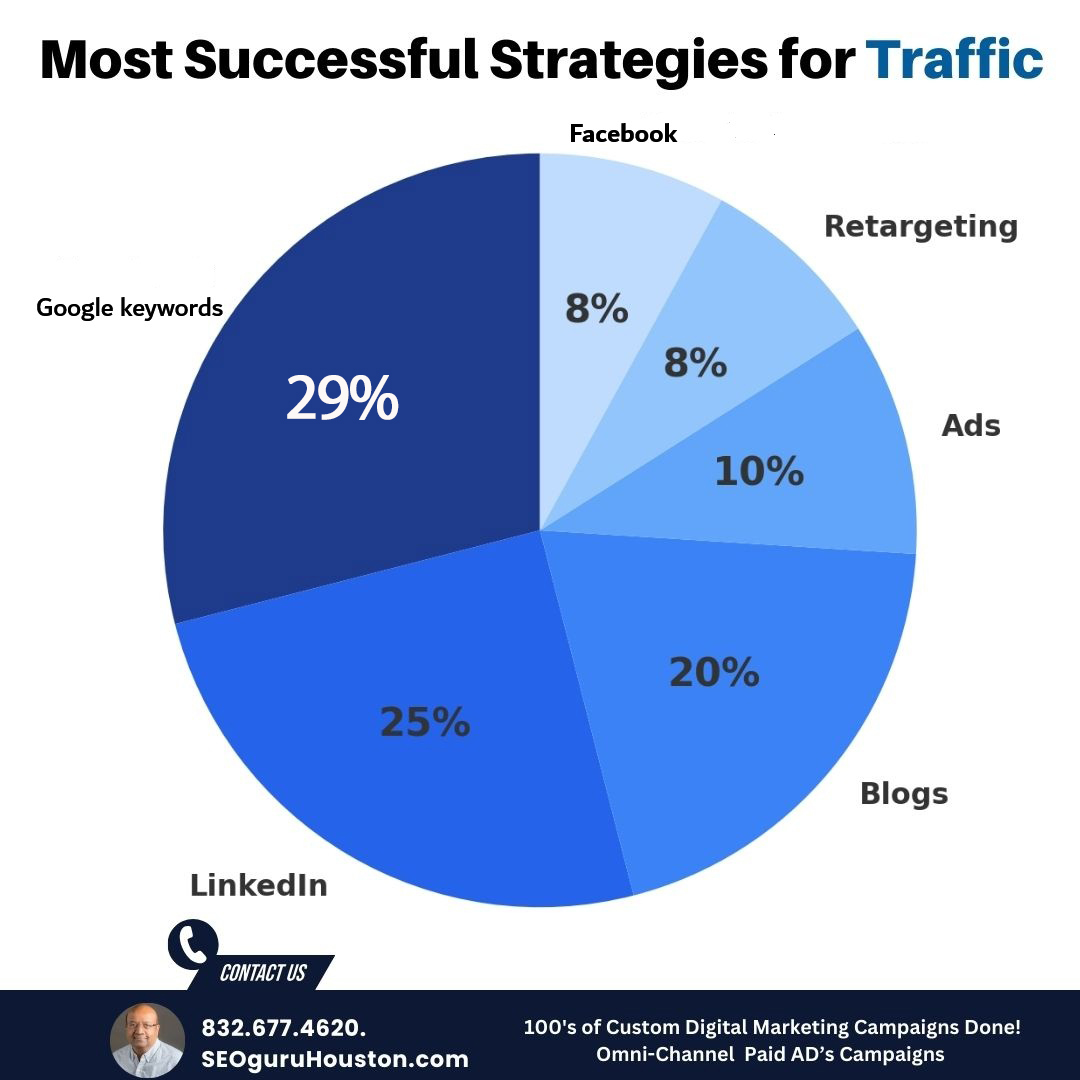The Demand Generation Campaign Metrics provide crucial insights into the effectiveness of marketing strategies aimed at driving sales and customer engagement. This data explores key metrics in lead generation, cost management, and user engagement, highlighting areas of success and potential improvement.
Lead Metrics show significant growth, with Marketing Qualified Leads (MQLs) increasing by 19.5% and Sales Qualified Leads (SQLs) rising by 22.3%. This indicates effective targeting and nurturing strategies that are successfully converting potential customers into sales-ready leads. The strategy behind these increases may involve improved content marketing, personalized outreach, or enhanced lead scoring techniques that better identify high-potential prospects.
In cost management, the Cost Per Lead (CPL) stands at $50, reflecting the investment needed to attract each lead. Cost Per Acquisition (CPA) is measured at $100, denoting the cost associated with acquiring a new customer. These metrics are crucial for assessing the financial efficiency of demand generation activities, ensuring that the resources spent are aligned with the revenue generated.
Customer Lifetime Value (CLV) is at $1000, indicating the potential revenue a customer is expected to bring in throughout their engagement with the company. A high CLV relative to CPA indicates a profitable model, where the return from customers outweighs the cost of acquiring them.
Furthermore, Return On Investment (ROI) at 300% underscores the campaign’s financial success, illustrating that the returns are triple the investment, affirming the effectiveness of current strategies.
User Engagement metrics reveal 1500 activations/signups, demonstrating robust interest and initial commitment from potential customers. The Average Deal Size is $3000, which highlights the value of each transaction, likely influenced by upselling and cross-selling strategies. A 25% Close Rate Per Channel signifies that a quarter of initiated engagements result in successful sales, showcasing efficient conversion strategies across channels.
Overall, the Demand Generation Campaign Metrics paint a picture of a well-executed campaign with strong lead growth, efficient cost management, high lifetime value, substantial ROI, and effective user engagement strategies. These insights can guide further optimizations to improve conversion rates, reduce acquisition costs, and enhance customer lifetime value, driving sustained business growth.
Setting Goals for Your Campaign
Establishing clear objectives for a demand generation campaign is crucial for ensuring that marketing performance is aligned with overarching business goals and contributes to revenue growth.
By defining specific, measurable, achievable, relevant, and time-bound (SMART) objectives, marketers can effectively monitor campaign outcomes, make necessary strategic adjustments, and leverage audience insights to enhance future initiatives.
Identifying Your Target Audience and Objectives
Identifying the target audience and objectives is a critical step in the demand generation process, as it establishes the foundation for effective audience segmentation and tailored marketing strategies. By developing detailed buyer personas and utilizing customer feedback, marketers can enhance the effectiveness of their outreach efforts and ensure that their messaging resonates with potential customers across various marketing channels.
A comprehensive understanding of these personas not only facilitates the creation of targeted content but also guides the selection of appropriate platforms for distribution. Audience segmentation allows for a more nuanced approach, enabling marketers to categorize potential customers based on shared characteristics, preferences, and behaviors.
This targeted methodology ensures that campaigns are not only widely viewed but, more importantly, relevant to each specific segment. As a result, the likelihood of engagement and conversion is significantly increased, ultimately driving demand and achieving campaign objectives.
Measuring Campaign Results
Measuring campaign results is essential for assessing the effectiveness of demand generation strategies and ensuring that marketing efforts are aligned with overall business objectives.
By employing a range of tracking tools and performance measurement techniques, marketers can analyze key metrics and utilize marketing attribution models to identify which channels and tactics are yielding the most favorable outcomes.
Tracking and Analyzing Key Metrics
Tracking and analyzing key metrics is essential for understanding user behavior and evaluating the overall success of demand generation campaigns. This process extends beyond mere observation; it entails a comprehensive analysis of data that illustrates how potential customers engage with content across multiple touchpoints.
By utilizing advanced tools such as Google Analytics, HubSpot, and social media insights, marketers can identify patterns in user engagement and retention rates. These platforms enable the tracking of critical metrics, including click-through rates and conversion funnels, facilitating targeted adjustments to strategies.
Ultimately, this quantitative analysis serves as a fundamental basis for making informed decisions, optimizing campaigns, and enhancing user experiences, thereby driving improved outcomes.
Interpreting Results and Making Adjustments
Interpreting results and making adjustments based on campaign performance is essential for the sustained success of demand generation initiatives.
By analyzing performance trends and feedback, marketers can identify areas for improvement and implement necessary changes that enhance lead nurturing efforts and overall campaign effectiveness.
Identifying Areas for Improvement
Identifying areas for improvement within demand generation campaigns is essential for maximizing their effectiveness and ensuring long-term success. By utilizing performance measurement techniques in conjunction with qualitative metrics and data analytics, marketers can extract valuable insights that inform strategic adjustments and enhance overall campaign performance.
To begin, performance measurement provides a quantitative foundation, enabling teams to track critical metrics such as conversion rates and customer acquisition costs. Through the analysis of these figures, organizations can identify underperforming elements within their strategies.
Qualitative metrics, including customer feedback and engagement levels, offer a deeper understanding of audience perceptions and preferences.
When these insights are combined with trend analysis, which highlights shifts in consumer behavior over time, marketers obtain a comprehensive understanding of effective strategies and areas requiring refinement. This multi-faceted approach not only promotes continuous improvement but also plays a crucial role in adapting to a dynamic market landscape.
Making Changes for Better Results
Implementing changes based on identified areas for improvement is crucial for achieving enhanced outcomes in demand generation campaigns. By adapting marketing strategies to align with performance trends and prioritizing user engagement, businesses can ensure that their campaigns remain both relevant and effective in reaching their target audiences.
Such adjustments facilitate a more responsive approach to the evolving demands of the market and give the power to teams to leverage data-driven insights, which can lead to improved messaging and targeting. When organizations diligently monitor performance metrics, they gain invaluable information that can inform strategic pivots, ultimately fostering deeper connections with potential customers.
By committing to a cycle of continuous improvement, brands cultivate an environment where user feedback is valued and integrated into future campaigns. This commitment results in heightened satisfaction and loyalty among audience members.
Tools for Measuring Demand Generation Campaigns
The utilization of appropriate tools for measuring demand generation campaigns is essential for acquiring insights into performance and optimizing marketing initiatives.
A variety of analytics platforms and tracking tools are available, enabling marketers to produce performance reports and integrate data with Customer Relationship Management (CRM) systems.
This integration enhances overall visibility and effectiveness of marketing efforts.
Popular Tools and How to Use Them
There are several widely recognized tools available for measuring demand generation campaigns, each offering distinctive features that facilitate thorough campaign analysis. Tools such as Google Analytics provide valuable insights into website traffic, user behavior, and conversion rates, thus serving as an essential component for performance measurement.
Platforms like HubSpot offer comprehensive marketing automation capabilities that enhance lead management, track engagement across multiple channels, and assist in nurturing leads through personalized email campaigns.
Another notable tool is Marketo, which excels in managing and optimizing customer journeys while providing advanced analytics to evaluate campaign effectiveness.
Similarly, Salesforce provides a robust customer relationship management system that integrates seamlessly with numerous marketing tools, enabling businesses to identify trends and forecast demand effectively.
By leveraging these analytics platforms, organizations can attain a clearer understanding of their audience and allocate resources more efficiently.
Frequently Asked Questions
1. How can I accurately measure the success of my demand gen campaign?
To measure the success of your demand gen campaign, you can track several key metrics such as lead generation, website traffic, conversion rates, and revenue generated. By analyzing these metrics, you can determine the impact and effectiveness of your campaign.
2. What is the best way to track lead generation in a demand gen campaign?
The most effective way to track lead generation in a demand gen campaign is by using a CRM system. This will allow you to monitor the number of leads generated, as well as track their progress through the sales funnel.
3. How do I measure website traffic in a demand gen campaign?
You can measure website traffic by using tools such as Google Analytics, which will provide you with detailed data on website visits, page views, and referral sources. This will help you understand the effectiveness of your demand gen campaign in driving traffic to your website.
4. What is a good conversion rate for a demand gen campaign?
The average conversion rate for a demand gen campaign is around 2-5%. However, this can vary depending on your industry, target audience, and campaign goals. It’s important to monitor and analyze your conversion rates over time to determine what is considered successful for your specific campaign.
5. Can I measure the ROI of my demand gen campaign?
Yes, you can measure the return on investment (ROI) of your demand gen campaign by comparing the cost of the campaign to the revenue generated. This will help you determine the effectiveness and profitability of your campaign.
6. Is it important to track revenue generated in a demand gen campaign?
Yes, tracking revenue generated is a crucial aspect of measuring the success of a demand gen campaign. This will help you determine the direct impact of your campaign on your company’s bottom line and justify the investment in your campaign.





